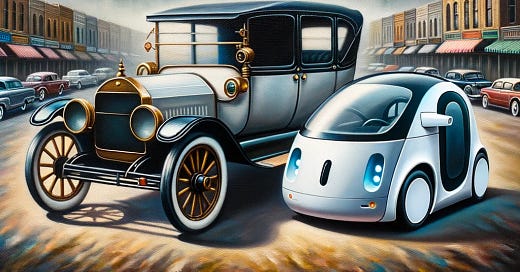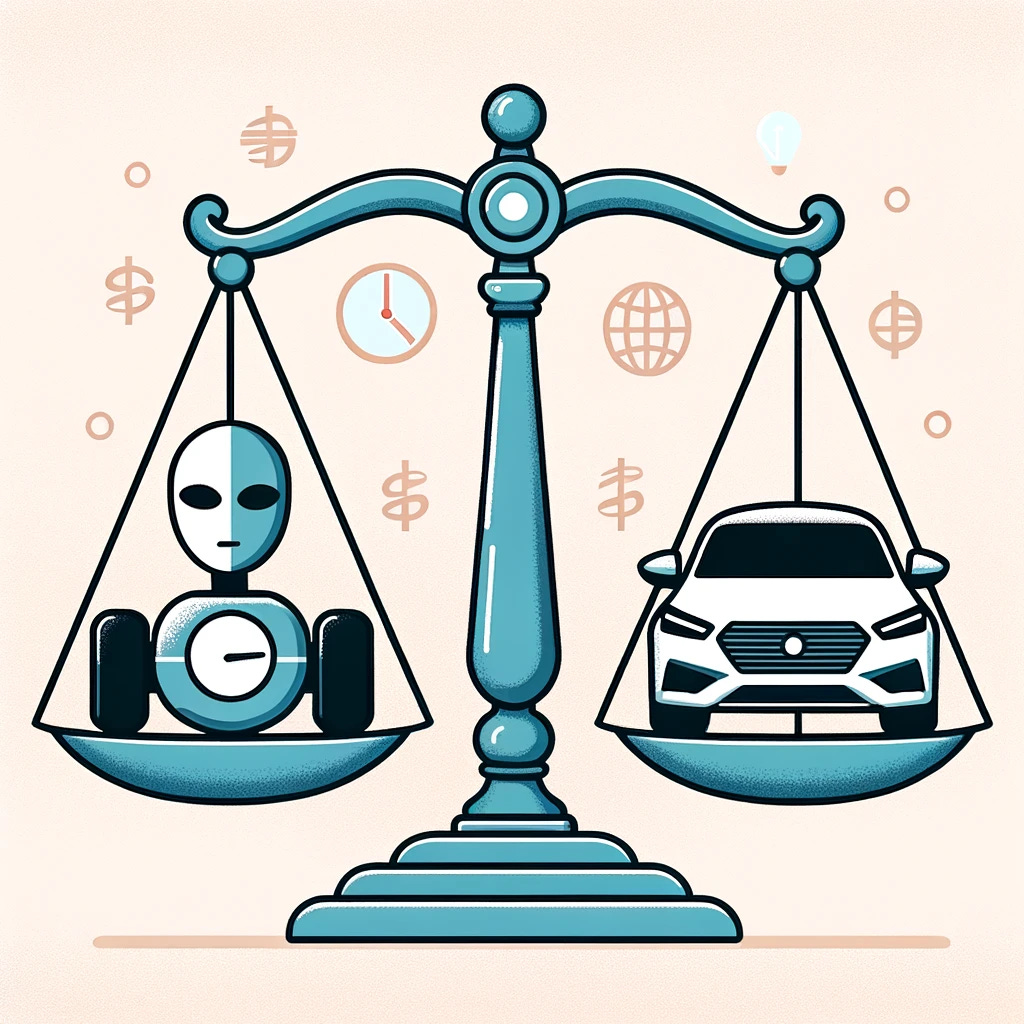Today’s post is a little late. Thursday’s post should be on time. Enjoy!
There is a common saying in business that to get someone to switch to your product you need to be 10x better than what they are using now. That is not quite true. If it were, there would be very few new products of any kind. The new canned chili is unlikely to be 10x better than the other chili on the shelf. But the point is that most consumers, most of he time, are happy with their existing products, and there is a RISK to changing anything. Unless something goes wrong with what they are using there is no need to incur the cost (risk) of making a change.
This gives incumbents a BIG advantage.
That is doubly true for regulators.
If you have not seen it yet, I highly recommend Bill Gurley’s speech on regulatory capture from the All-In Summit last month.
This is topical as I was reading through a new report on Driverless Car safetly just as I was pushed a Wall Street Journal Alert.
The California Department of Motor Vehicles suspended Cruise’s autonomous-driving permit Tuesday, effectively halting its robot-taxi service in San Francisco.
The DMV said that Cruise’s vehicles aren’t safe for public operation and the company has misrepresented information related to the safety of the technology of the vehicles. Cruise is majority-controlled by General Motors, which has invested deeply in the division and is looking to introduce a fully autonomous shuttle, called the Origin, that doesn’t have a steering wheel or manual controls.
While it is possible these cars are unsafe and GM should be forced to shelve the project, I have my doubts. Because the report I was reading, which was released last week, was build using data from Cruise. Here is a key chart
65% fewer accidents, 74% fewer accidents with meaningful injuries, and 94% few at-fault accidents.
It is possible that GM was being deceptive and lying about their data, but that does not seem to be what the regulators are claiming. They are saying things like:
“[they are] receiving reports of the vehicles braking hard or stalling while operating on public roads.”
The agency said at the time it was aware of three crashes, which included two injuries. The most recent probe, opened last week, is focused on reports of Cruise’s autonomous vehicles exhibiting risky behavior around pedestrians.
There have been some high-profile incidents where the vehicles have caused damage or injuries, including this incident where a woman was hit ina. hit-and-run (NOT by a Cruise vehicle), flew into the road in front of a Cruise vehicle. The Cruise car stopped, but by the time it did, the woman was trapped underneath. That all sounds terrible for the victim, and I suppose it would have been better if the car had run over her and then stopped (which is likely what would have happened with a slower-reflex human driver at the wheel), but it seems like an edge case.
When you look at the overall data, the autonomous cars are DRAMATICALLY better than human drivers. In this case it would have been better to replace the Cruise vehicle with a human, but even better would have been to have replaced the hit-and-run driver with Cruise! Then the women would have been totally unaffected, instead of marginally better. But the regulators are not going to ban human driving, so they focus on what they can control.
GM itself is not backing down. They are not apologizing to the appease the regulator and have stood by their data showing that the autonomous vehicles they have on the road are safer thah human drivers and are saving lives.
Their problem is that it seems like their cars are only about 3.8x better than human drivers. And that doesn’t seem to be good enough for regulators to allow the switch.
Keep it simple,
Edward





